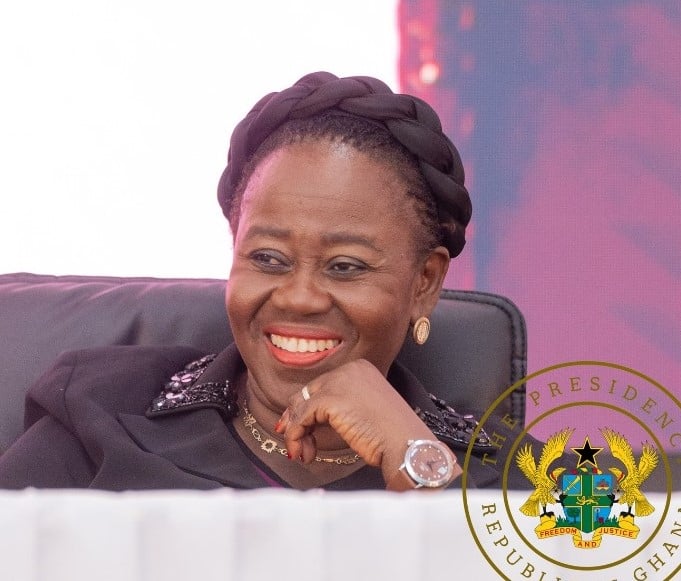The case before the Supreme Court revolves around an injunction application filed by Chief Justice Gertrude Sackey Torkornoo, seeking to halt her suspension and ongoing impeachment proceedings until the court determines the constitutionality of the investigative process against her. This legal action stems from a broader challenge to the legitimacy of the proceedings initiated against her. The Attorney-General, represented by Deputy Attorney-General Dr. Justice Srem-Sai, attempted to exclude the five members of the investigative committee from the injunction application. This committee, comprising Justices Gabriel Pwamang, Samuel Adibu-Asiedu, Daniel Domelevo, Major Flora Bazwaanura Dalugo, and Professor James Sefah Dzisa, is at the heart of the Chief Justice’s concerns regarding the impeachment process.
The Attorney-General’s argument for the removal of the committee members rested on the assertion that they would not be directly impacted by the outcome of the injunction application. Dr. Srem-Sai contended that since the Chief Justice herself acknowledged this lack of direct impact in her application, their inclusion as parties to the suit was unnecessary. This argument sought to streamline the legal proceedings by focusing solely on the core issue of the injunction, rather than delving into the specific roles and responsibilities of the committee members.
However, the Chief Justice’s lawyer, former Attorney-General Godfred Yeboah Dame, countered this argument by emphasizing the crucial distinction between being “affected” by a writ and being a “necessary party” to the legal action. He argued that the committee members, being the subjects of specific reliefs sought by the Chief Justice, are indispensable to the proceedings. Their inclusion, Dame posited, is not contingent on whether the outcome directly impacts them personally, but rather on their integral role in the very process being challenged. The reliefs sought directly pertain to the committee’s actions and authority, making their presence essential for a comprehensive adjudication of the matter.
The Supreme Court, presided over by a five-member panel chaired by Acting Chief Justice Paul Baffoe-Bonnie, delivered a unanimous decision that sided with the Chief Justice’s legal representation. The court affirmed that the committee members’ inclusion as parties to the suit was justified, regardless of the Chief Justice’s acknowledgement that they might not be directly affected by the outcome. The court’s reasoning underscored the importance of distinguishing between personal impact and procedural necessity. The members’ involvement in the impeachment process, the very subject of the legal challenge, rendered them essential parties to the proceedings.
By overruling the Attorney-General’s objection, the Supreme Court paved the way for the case to proceed with the committee members included as respondents. This decision highlights the court’s recognition of the interconnectedness between the committee’s actions and the Chief Justice’s challenge to the impeachment process. The court implicitly affirmed that a comprehensive and just resolution requires the presence of all parties integral to the disputed actions. This ruling sets the stage for a more complete examination of the constitutional questions surrounding the impeachment proceedings, ensuring that all relevant perspectives are considered.
The Supreme Court’s decision to retain the committee members as parties to the suit has significant implications for the ongoing legal battle. It allows the Chief Justice to directly address her concerns regarding the committee’s conduct and the constitutionality of the proceedings. This direct engagement with the committee members will likely lead to a more thorough examination of the issues at hand. The court’s ruling emphasizes the importance of procedural fairness and ensures that all parties with a direct stake in the outcome have the opportunity to present their case, ultimately contributing to a more just and equitable resolution of the complex legal challenge.


